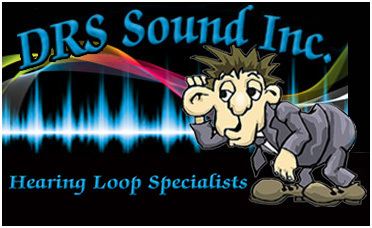
Public venues play a crucial role in community life, offering spaces for worship, education, entertainment, and more. Ensuring these spaces are accessible to everyone, including those with hearing impairments, is essential. This blog discusses how hearing loop systems transform public venues, providing an inclusive experience for all attendees.
Enhancing Accessibility in Churches
Churches are central to many communities, offering a place for worship and gathering. However, the large, often reverberant spaces can pose challenges for individuals with hearing loss. Hearing loop systems installed by companies like DRS Sound address these challenges by delivering clear sound directly to hearing aids. This improvement allows all congregants to participate fully in services.
Case Study: Peace Lutheran Church, Green Bay, WI
Peace Lutheran Church in Green Bay, WI, experienced the benefits of a hearing loop installation by DRS Sound. Church Administrator Carla praised the ease and thoroughness of the installation process, noting how the system significantly improved the auditory experience for their members. The church now enjoys enhanced inclusivity, allowing everyone to hear sermons and participate in worship without struggle.
Applications in Courthouses and Theaters
Courthouses and theaters are other public venues where hearing loops can make a significant difference. In courthouses, clear communication is critical for ensuring justice and accessibility. Hearing loop systems ensure that all participants, including those with hearing loss, can hear proceedings clearly. Theaters, with their dynamic soundscapes, also benefit from hearing loops, allowing patrons with hearing aids to enjoy performances fully.
Expert Insights and Real-Life Testimonials
Expert advocates like Dr. Juliette Sterkens emphasize the importance of hearing loops in public spaces. According to an article by the Washington Post, hearing loops are particularly effective because they provide a direct sound feed, bypassing the ambient noise that often plagues other assistive listening devices. Users like Rheta from Waupaca, WI, express profound gratitude for the transformative impact of these systems on their daily lives.
Conclusion
Hearing loops are revolutionizing accessibility in public venues, ensuring that individuals with hearing aids can fully engage and participate. The work done by companies like DRS Sound demonstrates the practical benefits and real-life impact of these systems. As more venues adopt hearing loop technology, we move closer to a world where everyone can enjoy clear, accessible sound in public spaces.
